I believe that the overall performance of a racket is a product of its individual aspects, much like a rectangle with a fixed perimeter of 4 meters achieves its maximum area when all sides are equal to 1 meter.

The HX series has only two pieces left to complete the puzzle. What? You say the HX7SP and HX6SP haven’t been played yet? Then just slap on the old Nano 7/6, and you’re good to go. This time, it’s said that the HX70 is an upgraded version of the Nano 7 before the launch of the Victor DriveX 7.
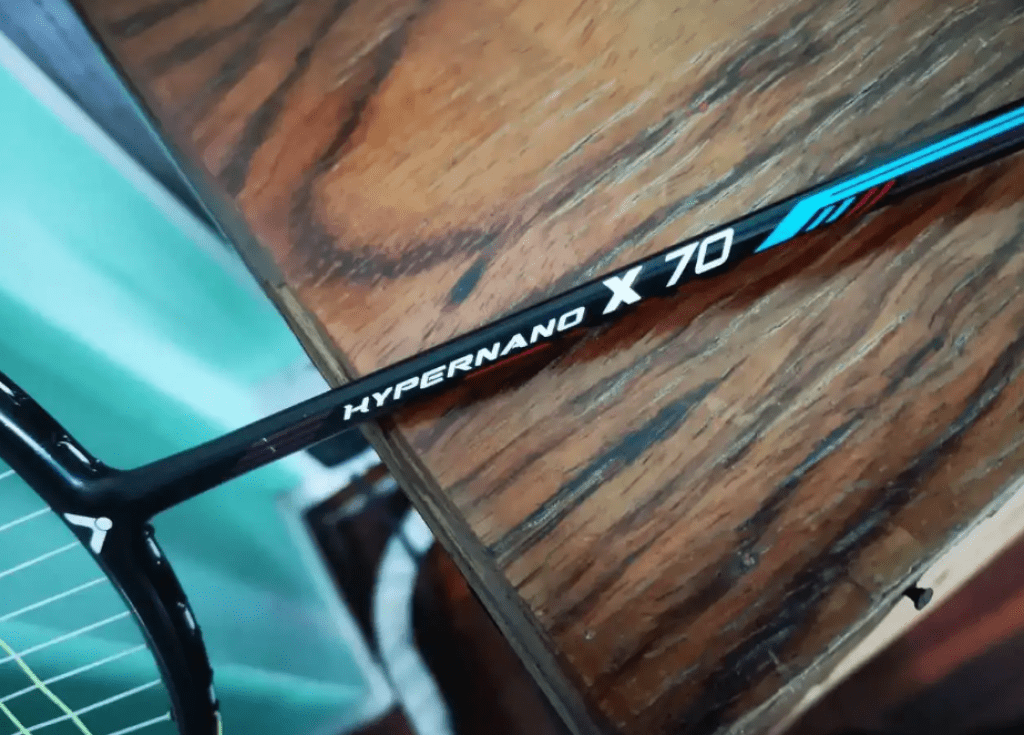
Specifications: 4UG5, weight without grip: 83.9g, balance point: 300mm, shaft length: 210mm, medium-stiff tuning, 76-hole diamond aerodynamic frame, 8-4 o’clock string grooves, warranty for 25 lbs, strung with 24-26 lbs VBS66N.
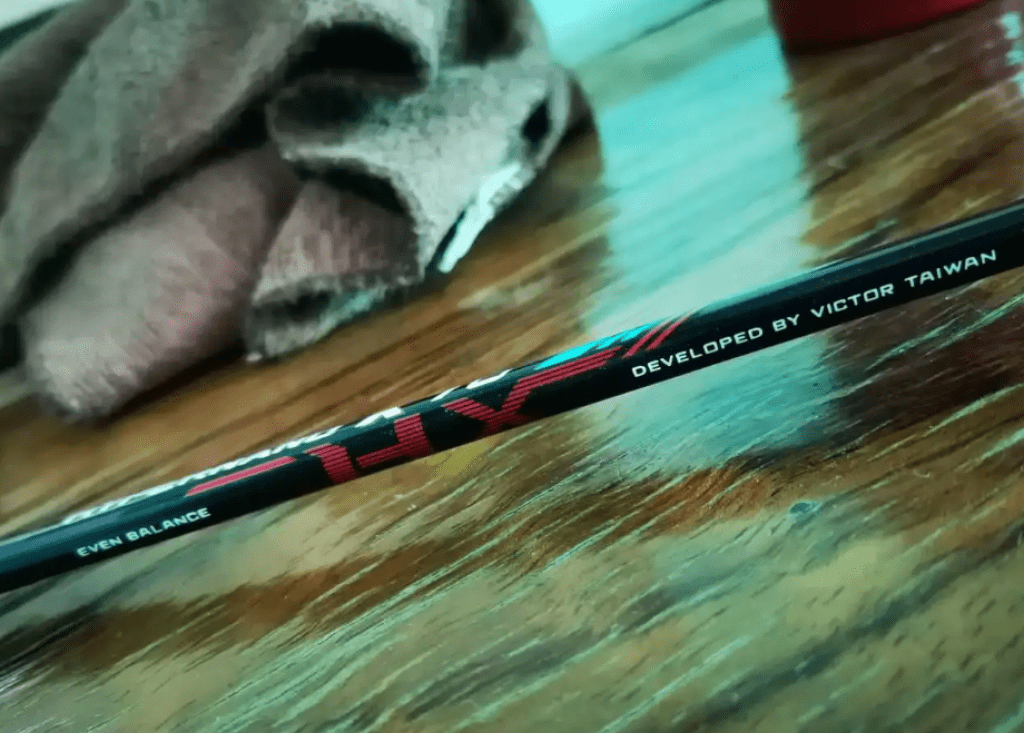
From the appearance, my first impression of this racket is that it looks just like the HX20H—same color scheme, similar design patterns. However, the dark red HX insignia on the shaft adds a touch of sophistication to the racket. This mid-range racket also gives me the vibe of a main character’s Gundam. Apart from its average recognition, there’s nothing wrong with it. As for the paint quality, it’s consistent with the rest of the series.
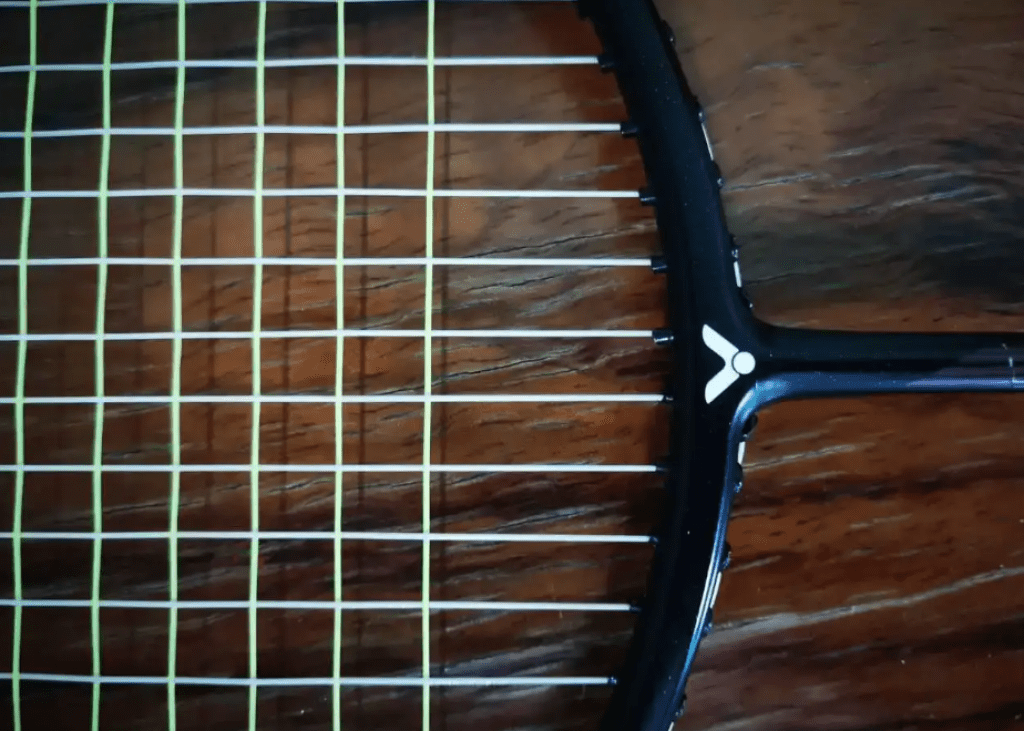
There’s no need to elaborate on its feel, as it’s a familiar head-heavy balance and frame shape. Compared to the HX80, it lacks a bit of the solid feel brought by the heavier head, similar to the HX60H. Overall, with similar basic features, it doesn’t have much distinctiveness, making it difficult to distinguish it from several previous models in the HX series. The racket originally came strung with a 24-pound BG65Ti, and while the overall condition was decent—with only some paint chips on the head and marks from picking up shuttles, no signs of impact on the frame, and it appeared relatively new—it wasn’t until I cut the strings due to tension loss that I discovered several sunken string holes. The creep resistance of this frame’s material is indeed concerning.
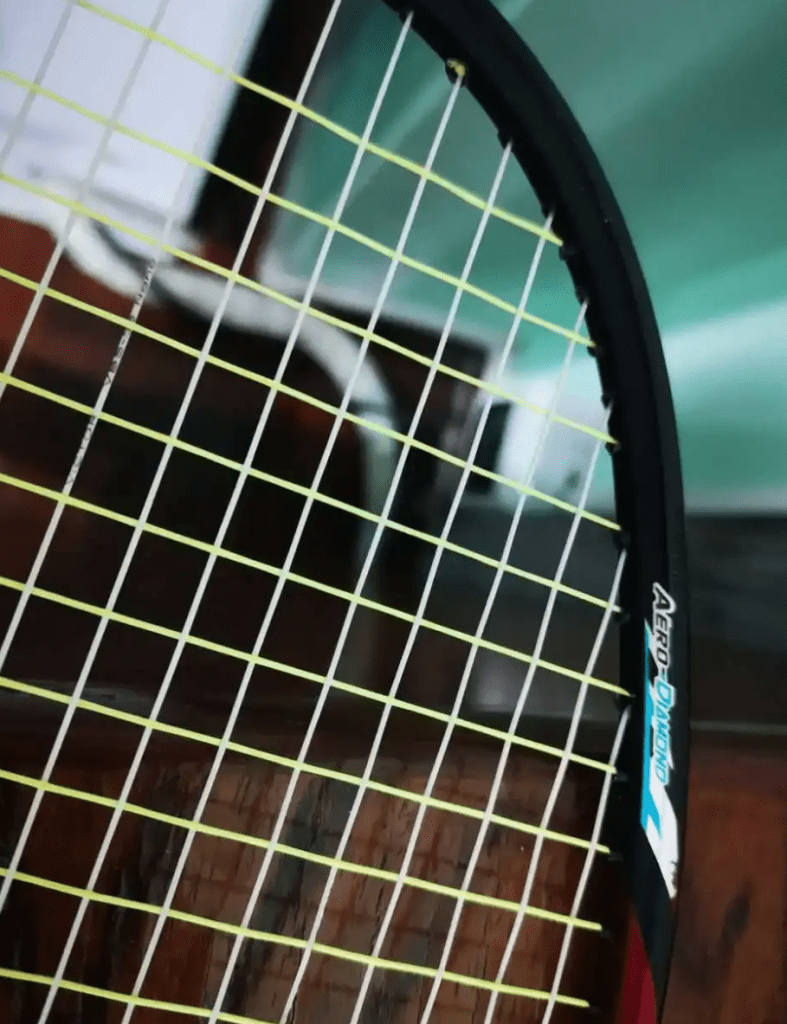
Is it a good racket? I think so. It’s not hard to notice that it seems to perform moderately in every aspect, scoring 6-7 points across the board without any significant weaknesses. The HX70 is a product of average performance—it’s not particularly appealing, but it genuinely provides a reliable performance for players with different preferences and skills. Using this racket helps eliminate the possibility of relying on a single trick and promotes the development of a player’s game sense, making it feel like a training tool.
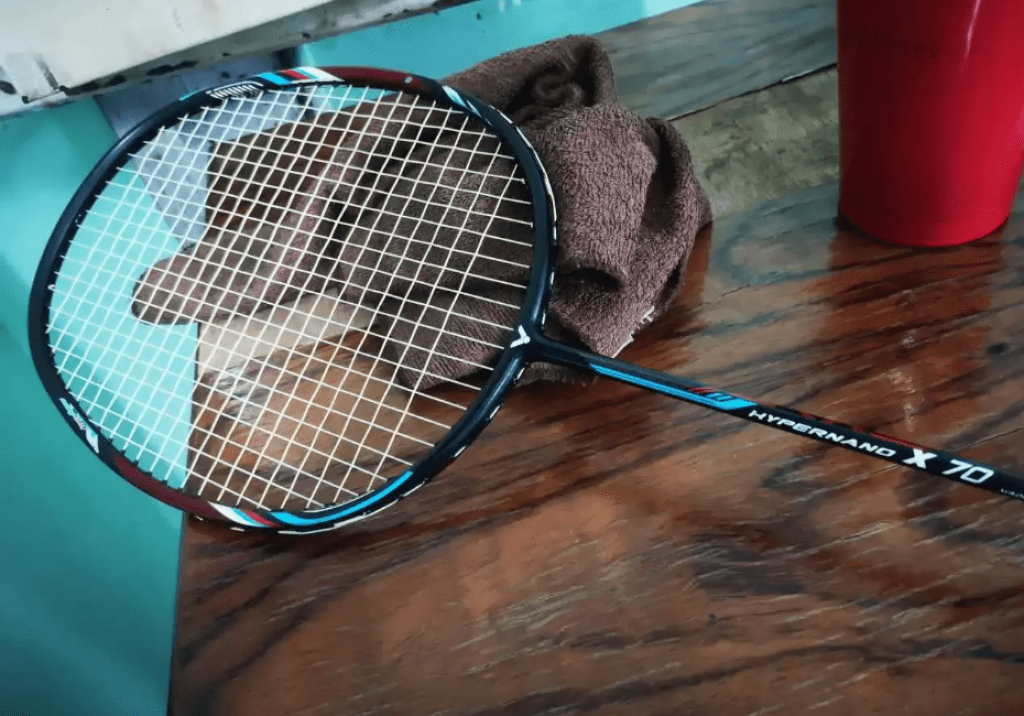
I can’t say it’s outstanding, but I do have a fondness for it. On the day I tried it, my friend’s NF600 broke a string, so I lent him the HX70 as a backup. As a prospective Nano 7 user, he also found the HX70 surprisingly satisfying.

Leave a Reply